More buyers than ever are putting sustainability at the top of their home wish list—but that green mindset also puts a target on your back. Shady developers and sellers have started to capitalize on the eco trend by making claims that simply don’t hold up under scrutiny. Whether it’s a fake certification, an exaggerated energy score, or something even sneakier, these scams are designed to fool well-meaning buyers. Here’s what to watch out for so your green dream doesn’t turn into a financial nightmare.
1. Fake LEED Certifications
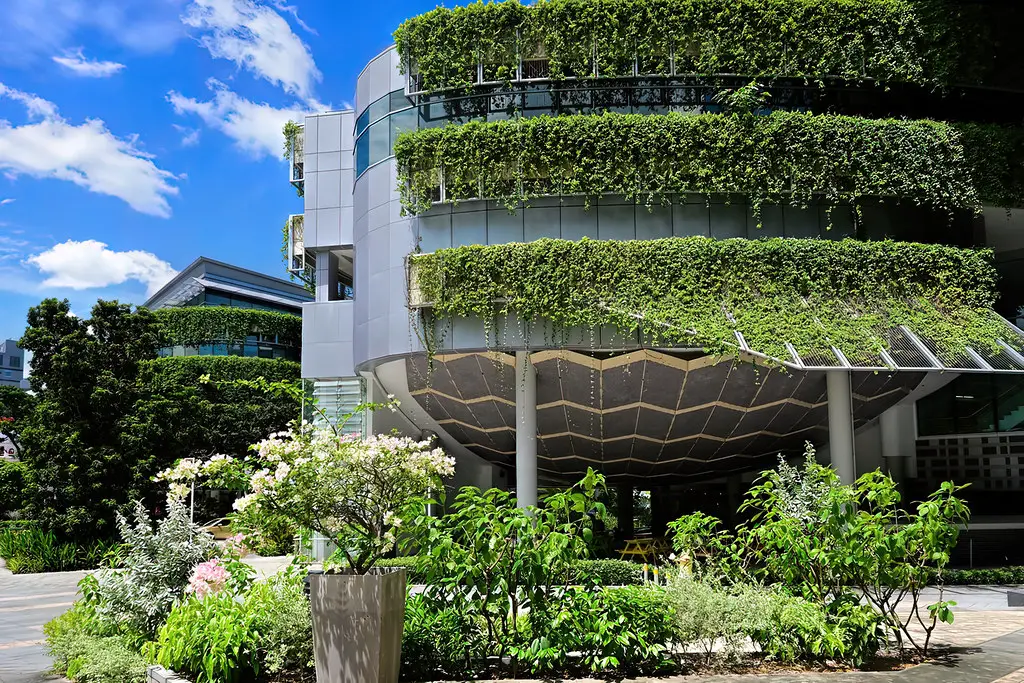
Some sellers falsely claim that a home is LEED-certified when it hasn’t passed the necessary inspections. LEED (Leadership in Energy and Environmental Design) is a legitimate and respected green building certification, but it requires specific criteria and official documentation. According to the U.S. Green Building Council, there are increasing reports of listings using the LEED name without actually qualifying. Buyers looking for verified energy efficiency should always ask for the certificate—and cross-check it with the official LEED registry.
Many buyers assume a “green home” label guarantees authenticity, but that’s not always true. Unscrupulous sellers may take advantage of vague language in listings to mislead buyers. A home might be marketed as “eco-conscious” simply for having LED lightbulbs or recycled countertops. Real LEED homes go far beyond surface-level details, so documentation matters.
2. Misleading HERS Scores
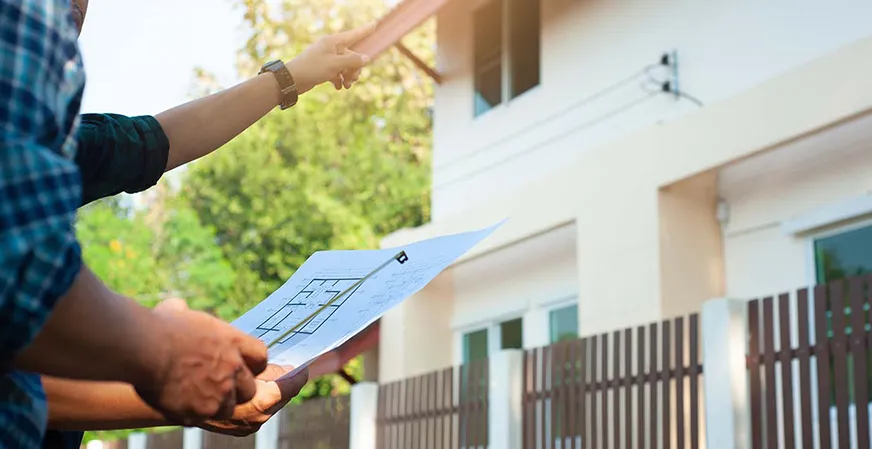
A HERS (Home Energy Rating System) score tells buyers how energy-efficient a home really is—but not all of them are legitimate. Some sellers display scores from outdated inspections or use unofficial, inflated scores to make the home seem more efficient than it is. According to Forbes, buyers should always check the date of the assessment and verify the source of the rating. A HERS score from a reputable energy auditor is far more trustworthy than one casually tacked onto a flyer.
It’s easy to get excited about a home that claims to save you money long-term. But if the score is based on old data or modified equipment that’s no longer in use, it means nothing. Some buyers discover post-purchase that the HVAC system has been downgraded or insulation has been removed. Verifying the full audit documentation before closing is the only way to be sure.
3. Greenwashed Building Materials
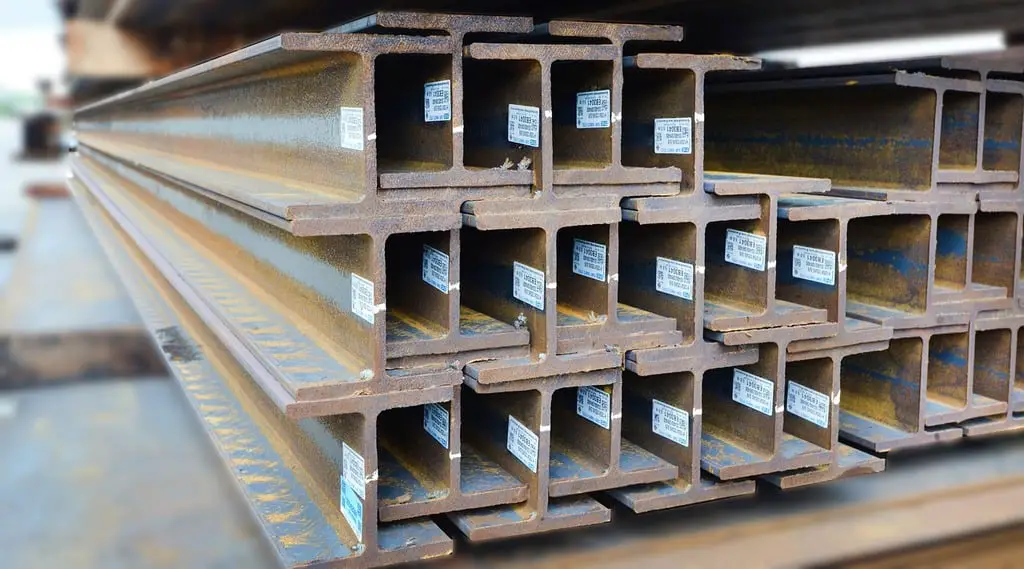
Many listings proudly boast “eco-friendly” materials—but the truth behind those materials is often murky. The Zebra notes that terms like “sustainable” and “eco-conscious” are not regulated, so sellers can toss them around freely without proof. For instance, bamboo flooring may be labeled sustainable, but if it’s processed with harsh chemicals, it’s far from green. The same goes for paints and sealants labeled as “non-toxic” without third-party verification.
Greenwashing plays on the buyer’s good intentions. It’s become common for sellers to highlight one or two eco buzzwords in a listing just to catch attention. Unless you ask for material certifications or VOC-level test results, it’s impossible to know what you’re actually getting. Be skeptical of vague descriptions and ask for product specs.
4. Bogus Solar System Promises

A solar panel installation sounds great—but who actually owns it? Some homes come with panels that are leased or under complicated power purchase agreements, and sellers may gloss over those details. According to a report by The New York Times, buyers often inherit contracts that are difficult to exit and can limit future home sales. A “solar-powered” listing might actually come with more baggage than benefits.
Make sure to read the fine print before falling for any solar pitch. If the equipment is leased, you may be on the hook for ongoing payments or system maintenance. Buyers are sometimes surprised to learn they can’t even benefit from the energy savings because of ownership issues. Ask for full documentation and consult with a solar advisor if necessary.
5. “Green Neighborhood” Gimmicks
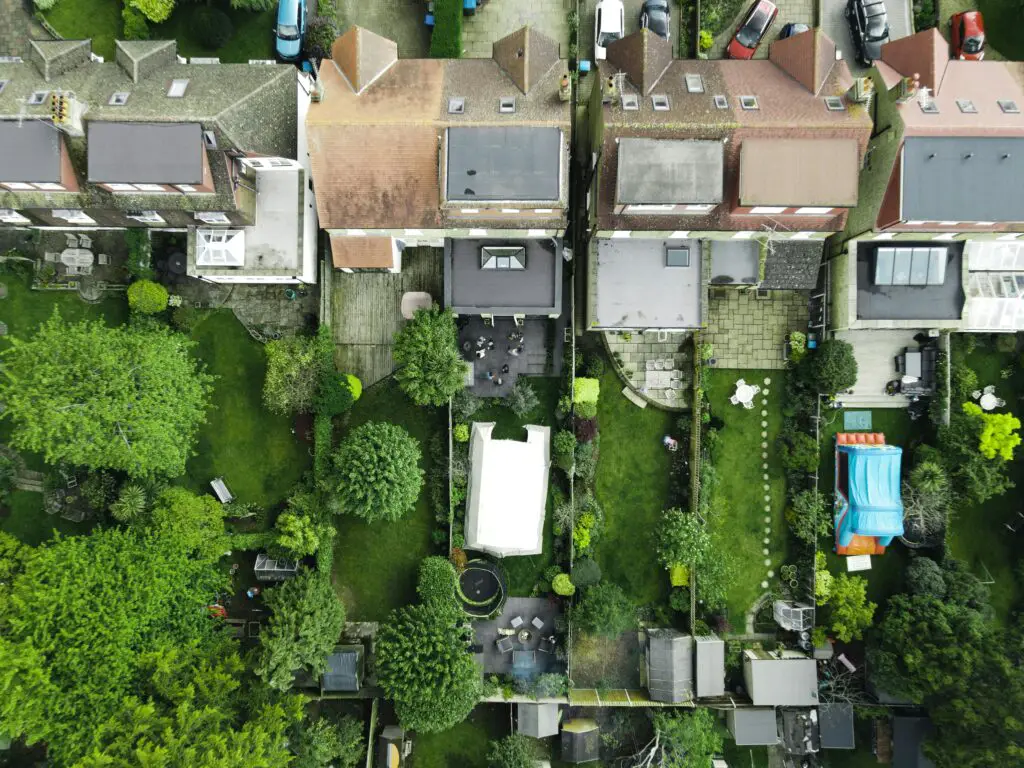
Developers are increasingly branding their communities as “eco-neighborhoods,” but the actual features may be minimal. A bike rack and a few community gardens don’t equal sustainability. These neighborhoods often use green-sounding language to mask standard development practices. If you’re paying a premium, make sure it’s for real value.
Some buyers move in expecting composting programs, water-saving systems, or smart energy grids, only to find none of those are actually implemented. The marketing might be more advanced than the infrastructure. Without HOA support or clear municipal backing, these “green perks” often never materialize. Always ask for a list of implemented, functional features—not just aspirational ones.
6. Inflated “Net Zero” Claims

A true net-zero home generates as much energy as it uses, but hitting that balance is tricky. Many sellers and builders toss around the term prematurely, knowing it attracts eco-conscious buyers. If the energy model is theoretical or relies on perfect weather, you could end up paying more than expected. The devil’s in the details with these ambitious claims.
Some net-zero models only work if you adhere to strict energy usage patterns, which isn’t realistic for most families. Others rely on future upgrades that haven’t happened yet. Unless you see recent energy bills and a system breakdown, it’s hard to trust the label. Ask what it takes to maintain net-zero status year-round.
7. Recycled Materials with No Paper Trail

Reclaimed wood and repurposed metal can be great—if they’re actually what they say they are. Many sellers now use the reclaimed trend to sell inferior or even unsafe materials as eco upgrades. Without documentation, there’s no way to verify the source. Worse yet, these materials could contain pests or contaminants.
Buyers love the idea of rustic beams or antique finishes, but hidden issues can cost big in the long run. You might discover your “vintage barn wood” came from a demolished building filled with asbestos. Look for supplier receipts or reclamation certifications to verify the claim. Never trust “salvaged” without the story behind it.
8. Unregulated Energy Gadgets
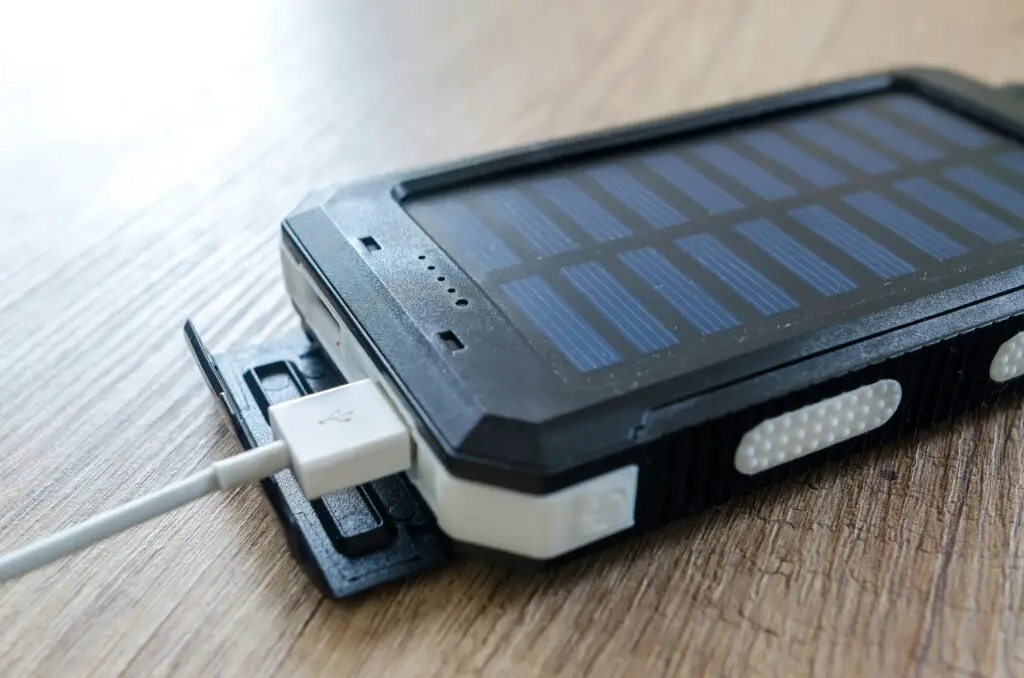
Smart thermostats and energy monitors are great—but not all of them are built to code. Some sellers install cheap or foreign-made tech just to check the “green tech” box. These devices might interfere with your systems or violate local electrical codes. If it looks too good to be true, it probably is.
Energy upgrades should enhance your home, not create fire hazards or extra costs. Shady sellers know eco-minded buyers are drawn to connected homes. But unless the gear is UL-listed and professionally installed, it could void your warranty or homeowners insurance. Stick to brands with a reputation and ask about the install process.
9. Composting Systems That Break City Codes
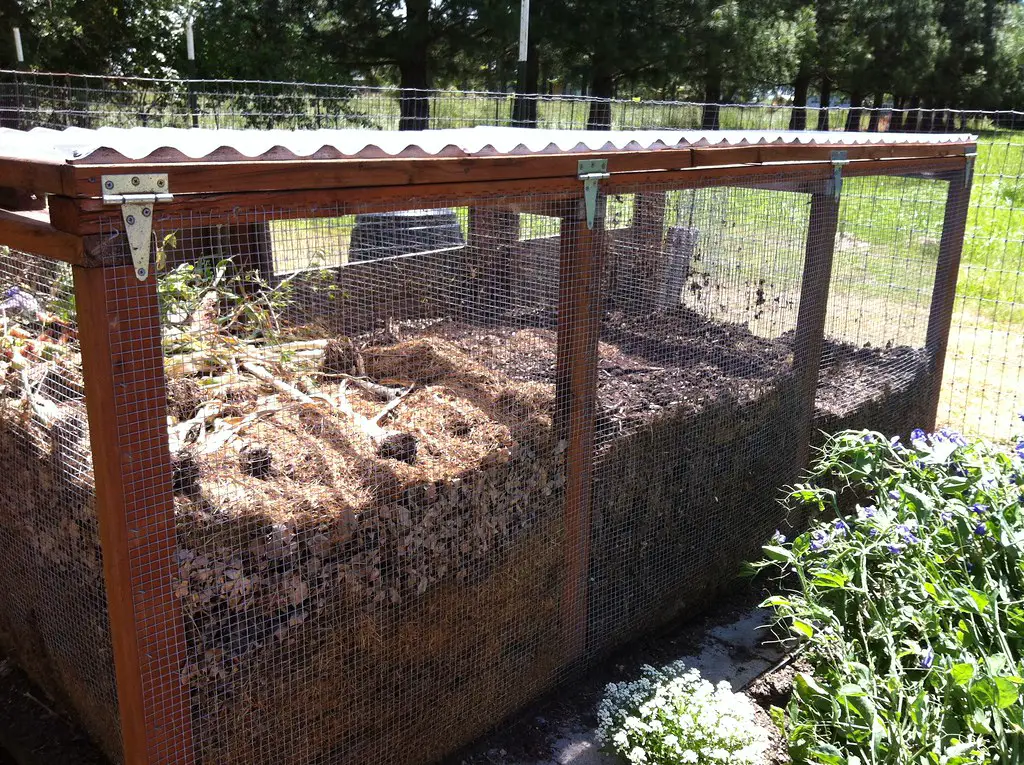
Backyard compost bins and greywater setups may look appealing—but they aren’t always legal. Some municipalities have strict rules about waste handling and water use, especially in suburban zones. A seller may downplay these details or even install the system without permits. That leaves the new homeowner liable.
It’s important to understand local laws before inheriting a DIY “green” setup. If the city gets involved, you could face fines or be forced to remove the system entirely. Just because it looks environmentally friendly doesn’t mean it meets regulations. Always check zoning ordinances and permit status before buying in.
10. Fake Green Certifications
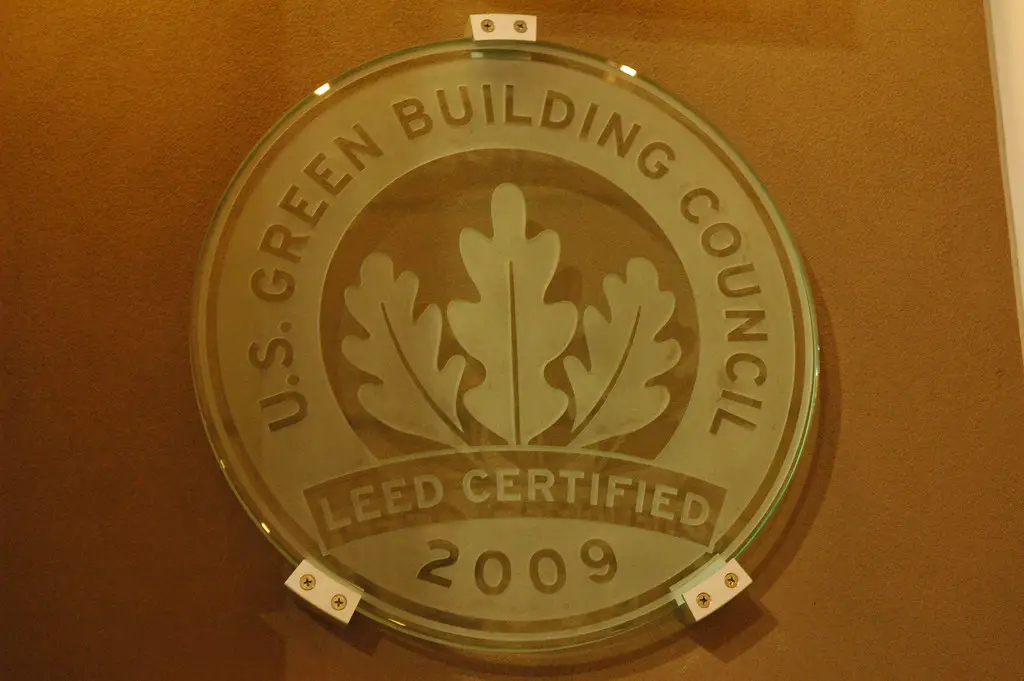
Not all eco-certifications are created equal. Some are legitimate third-party labels, while others are made-up logos designed to impress unsuspecting buyers. It’s a tactic that’s becoming more common as green marketing ramps up. If you don’t recognize the name, look it up before trusting it.
Scammers know most buyers won’t dig too deep. A badge on a flyer or a plaque in the foyer might be enough to close a sale. But without any backing body or verifiable standards, those logos are meaningless. Stick to well-known programs like Energy Star, LEED, and Green Globes.
11. Bogus Incentives for “Eco Mortgages”

Some lenders advertise special mortgage programs for green homes—but the terms can be misleading. You might see higher fees or stricter conditions that cancel out the savings. Other times, the incentives only apply if you meet hard-to-hit energy benchmarks. It’s not always the great deal it appears to be.
Don’t get swept up in the promise of a lower rate without reading the fine print. Some programs require upgrades within tight timelines or require extra inspections. Others are tied to specific builders or regions. Talk to a mortgage advisor before signing anything labeled “eco loan.”
12. Misrepresented Community Energy Programs

Some sellers claim the home is part of a community energy grid or shared solar initiative—but those programs can be in flux. In many cases, the agreement may have ended or never fully launched. If you’re counting on shared energy to offset costs, verify that it’s up and running. Otherwise, it’s just a talking point.
Buyers often assume these programs will save them money, but poor coordination or low participation can kill their value. Without consistent management, even the best idea fails. Ask for recent performance reports or contact the program operator directly. You shouldn’t have to gamble with your power bill.
